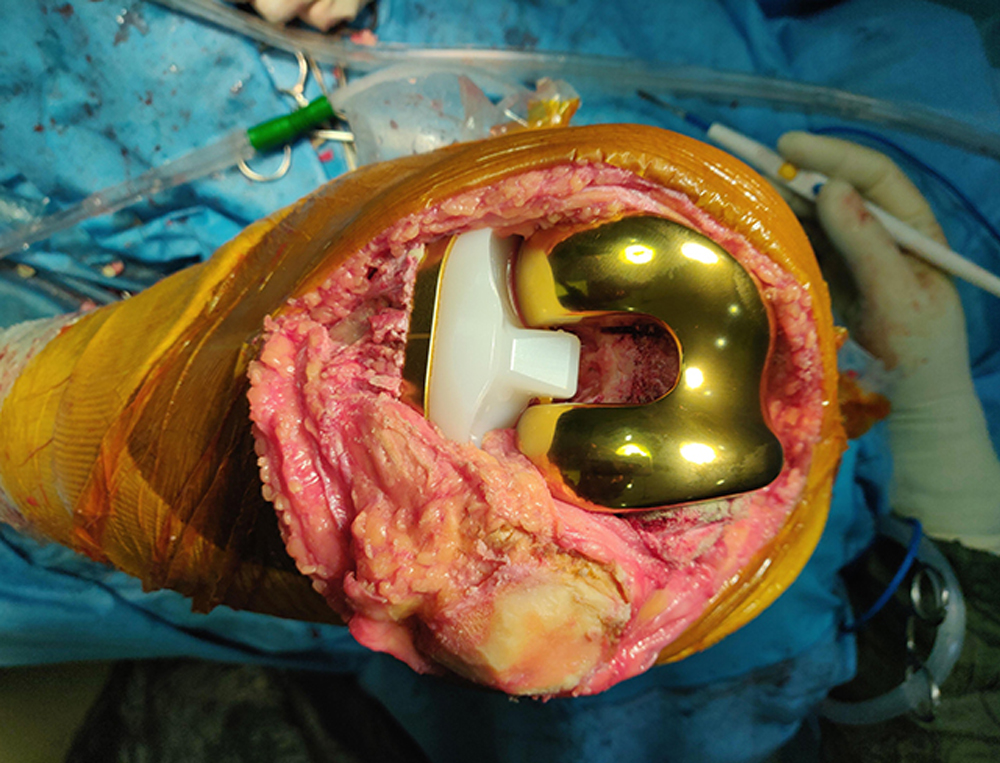Knee replacement surgery

Knee replacement is a surgical procedure for resurfacing of a knee damaged by arthritis. Metal and plastic parts are used to cap the ends of the bones that form the knee joint, along with the kneecap. This surgery is performed for people who have severe arthritis or a serious knee injury.
Various types of arthritis are affecting the knee joint. Osteoarthritis, a degenerative joint disease that affects mostly middle-aged and older people. Rheumatoid arthritis, that causes inflammation of the synovial membrane and results in excessive synovial fluid, can lead to pain and stiffness. Traumatic arthritis, arthritis due to injury, may cause damage to the cartilage of the knee
Our goal of your knee replacement surgery is to resurface the knee joint that has been damaged and to relieve you from the knee pain.




